All about pepper picking
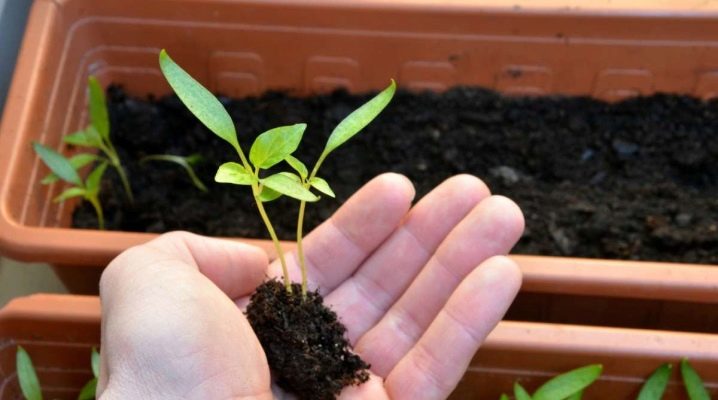
The concept of "picking" is familiar to all gardeners, experienced and beginners. This is an event that is carried out for planting seedlings of plants sown with a continuous cover method. The procedure is vital, the quality of the crop largely depends on its timeliness and correctness.
The need for a procedure
Seedlings that have sprouted in a continuous “carpet” and grown in this form before transplanting to a permanent place will never be viable. First, it will stretch out, the stems will turn into weak and thin stems. Secondly, its roots are so intertwined with each other that inevitably most of them will be damaged at the moment when they have to be removed from the container and separated.
Pepper picking is necessary for sweet Bulgarian and spicy species. The culture categorically does not like transplanting, even with the correct pick, there is almost always a certain percentage of plant death, and the above-mentioned case is the guaranteed death of almost all young animals.
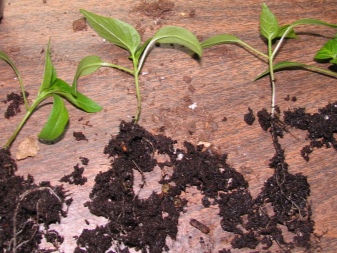
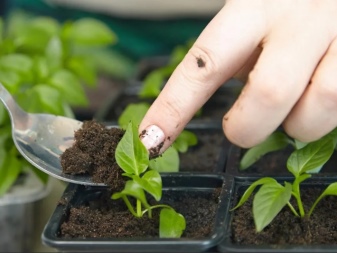
It is in order to avoid such troubles that the picking method is used. The process itself involves transferring from a common container to individual glasses and pots. Transfer to a common tank is possible, but with a much greater distance between the roots, but this is the least acceptable option. The ideal cultivation of pepper seedlings is with a closed root system in separate cups. The optimal time for the procedure is no earlier than 1–2 true leaves and no later than 5–6 leaves.
If the seeds are initially sown in separate containers, then there is no need for an event.
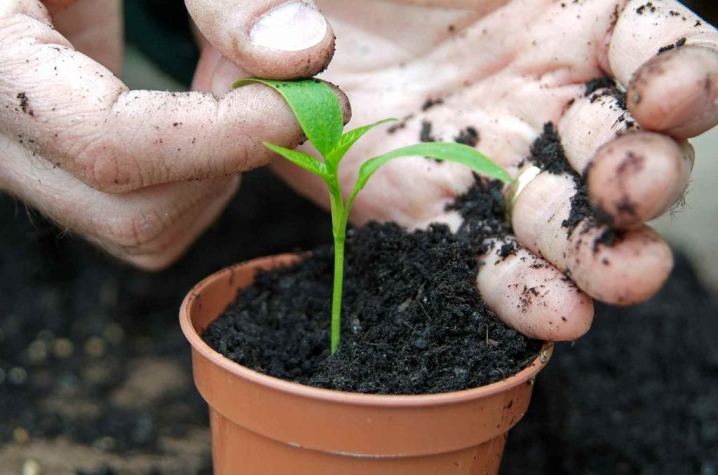
The advantages of a pick.
- Providing opportunities for optimal development when the root system and the aboveground part develop in open space, without oppressive neighborhood. Picking into separate glasses and pots will allow you to get strong seedlings with a closed root system, almost unresponsive to transplanting.
- At this stage, you can always cull by choosing the strongest seedlings, getting rid of the underdeveloped and too weak ones.
- Another motive for changing the place of growth is the prevention of infection. Even one diseased sprout can destroy an entire crop. And so it can be identified and removed, thereby minimizing the risk of bacterial and fungal infection.
- Separate glasses provide the plant with much more light, moisture and the maximum amount of nutrients.
- The event is a kind of hardening and teaches the peppers to transplant.
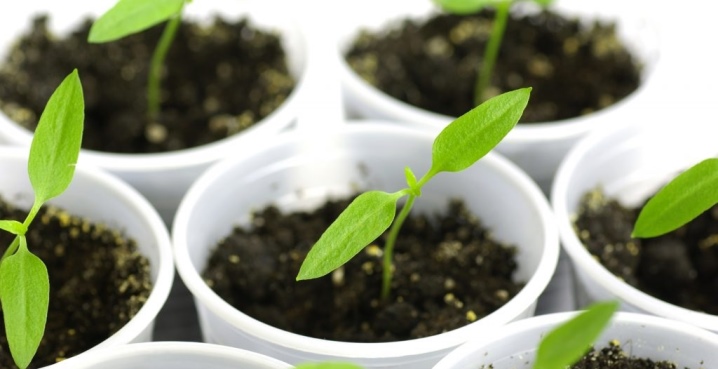
Cons of the procedure.
- The owner will need the maximum concentration of attention, perseverance and accuracy - the plants are too delicate, they are easy to damage, especially the root system. Carelessness and haste will almost certainly lead to large losses, which will negatively affect the future harvest.
- A certain time period is allotted for the pick - its too early or, conversely, too late, can also destroy the seedlings.
- There is always the possibility of damaging weak and thin roots.
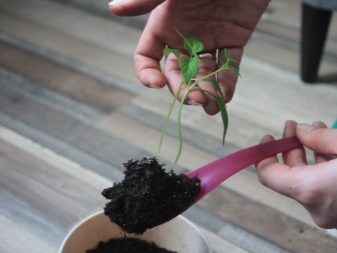
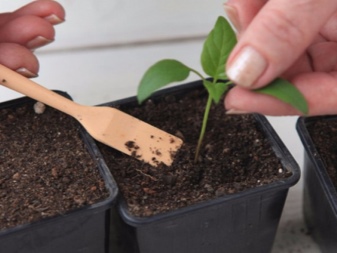
As mentioned above, peppers really do not like transplanting, unlike tomatoes. Nevertheless, if you act carefully, calmly and slowly, everything will work out. Experienced gardeners are able to hold an event at the stage of cotyledons or five and six leaves, but for beginners it is better not to take risks and do everything on time.
Attention! For those who are not confident in their abilities or simply do not want to do this, there is an elementary way out. Sow the seeds at a sufficient distance (7–10 cm) from each other at once, and a pick is not required.
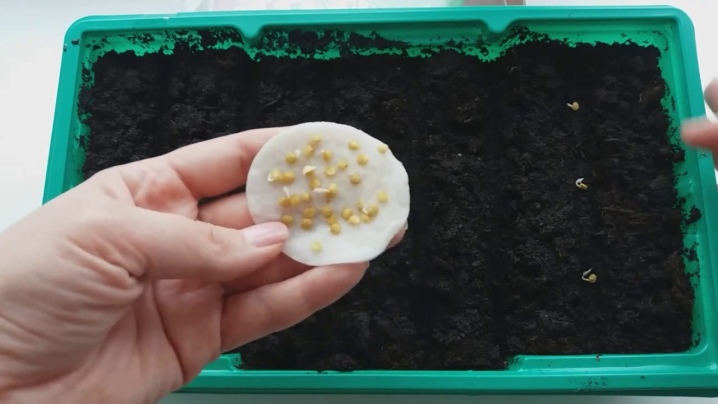
Transplant timing
With the normal development of the hatched sprouts, the picking stage occurs at the age of two or three leaves, approximately 2-3 weeks after sowing. This is the best time to plant the peppers in separate glasses - the plants are already strong enough to change their place, and the small roots have not yet intertwined, which will help them survive stress.
There is no need to talk about the exact planting numbers, since the culture, like other vegetables, is divided into mid-ripening and late-ripening categories. They are guided by climatic features and growing methods - a greenhouse or open ground. An important factor is the territory of our country, which includes almost all climatic zones.
In the southern regions, sowing occurs much earlier than in the Urals or Siberia.
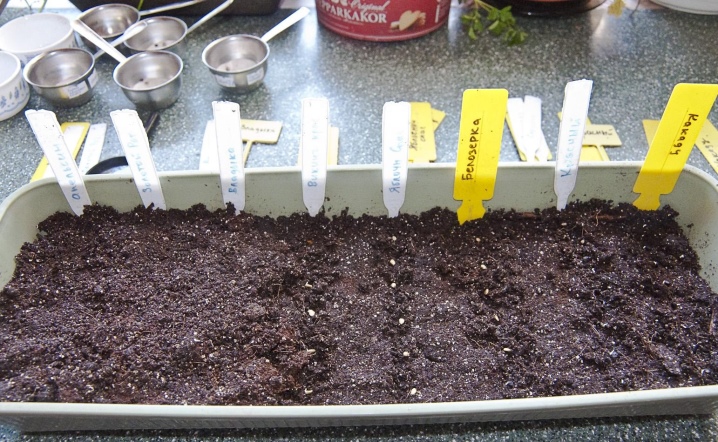
As you know, many are guided in gardening by the lunar calendar, carrying out all seasonal activities in accordance with the phases of the moon. Whether it is justified or not, everyone decides for himself, but the great popularity of such interaction speaks in favor of the latter. The phases of the growing moon are considered the most favorable for interfering with the natural course of events, when the plant receives the maximum amount of strength and juice for growth. At this time, the roots and stems become more plastic, have a high ability to recover and adapt.
Auspicious days according to the lunar calendar for 2022 for pepper are arranged as follows:
- February - 2-15;
- March - 3–17;
- April - 2-15.
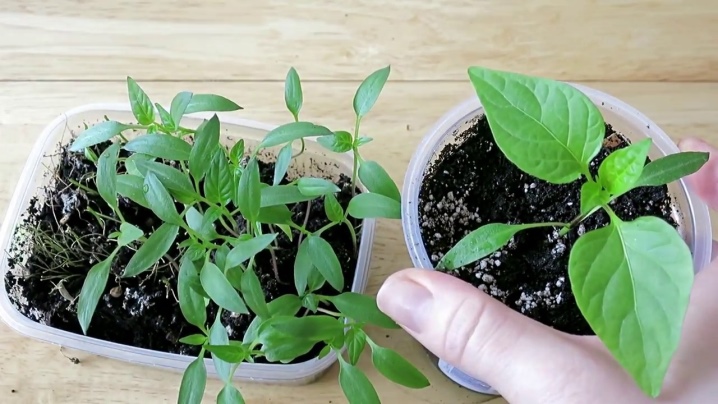
In this case, the last third of the ranges will be the most productive. Meticulous gardeners also take into account the influence of the zodiacal constellations on the moon for events with all types of nightshade crops.
- Pisces - lunar days on February 3-4, March 3, the sign is considered the most productive.
- Taurus is a root sign, lunar days in February are 7-9, in March - 6-8, in April - 3-4.
- Virgo - it is believed that the sign is not very favorable for the harvest, but great for working with the root system. Lunar days - March 16-17, April 13-14.
- Libra - Peppers love this sign. All the manipulations carried out on these days ultimately lead to healthy fruits, with a beautiful shape and rich color palette, there is only one moon day - April 15.
- Cancer - lunar days - February 12-14, March 11-13, April 8-9. The most fertile sign for nightshades.
For peppers, there are two more favorable signs - Capricorn and Scorpio, the latter being most suitable for melons and nightshade crops, but in 2022 the signs will be in the waning moon. As for unfavorable days, in February they fall on 17-28, in March - on 19-31, in April - on 17-29.
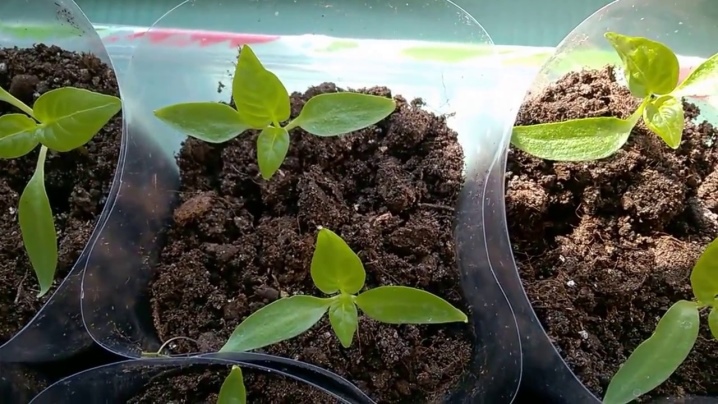
Meeting deadlines is critical to the health of pepper seedlings. Picking too early will result in maximum stress - plants may simply not survive it or slow down development so much that this will inevitably affect yield. A transplant carried out too late severely damages the regrown roots - by that time they have already grown stronger, grown and intertwined. Separation will tear out most of the roots. Overgrown, but not spiked seedlings begin to actively compete for nutrients and light, therefore, they devote all their strength to growth, while impairing the development of the strength of the stem and root system.
It is interesting! Picking and transplanting are not the same thing at all. Initially, the concept of picking meant the procedure of pinching the roots by 30% during transplantation.
Gradually, a substitution of concepts took place, and now a pick is called a transfer from one container to another at the stage of two leaves, although in fact it is a transshipment.
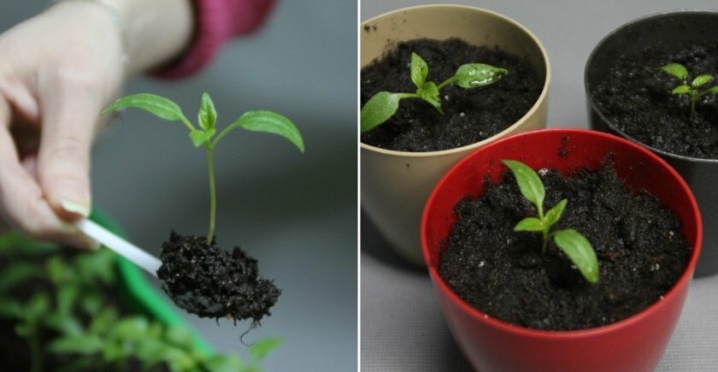
Preparation
Before the picking process itself, it is necessary to carry out preparatory work - to provide the appropriate soil, tools and containers.
Capacity
For powerful peppers, the optimal container size is 0.3–0.4 liters. In pots of this volume, the plant will develop freely, without feeling constrained and without giving strength to filling too large an earthen coma. A drainage hole must be made at the bottom of each cup, if there is none. It is very convenient to do them in a plastic container with a soldering iron.
Then you should organize a drainage layer, for example, put a cork from a plastic bottle and cover with a piece of moss, which is perfectly permeable to water and is an organic material. The cork will come in handy next year, and the moss will be wrapped around the roots and "taken away" with them during transshipment to a permanent place.
As a container, ready-made plastic sets are used, consisting of glasses and pallets, as well as peat-humus pots. There is a small but significant nuance in the application of the latter. Peat containers do not always correspond to the norm - unscrupulous manufacturers use cardboard with a small addition of peat or peat with sawdust as the main material, and all this mass is mixed with glue, without adding humus.
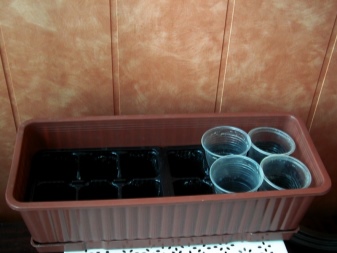

In such cases, the roots cannot break through the walls, do not receive nutrients and oxygen. A plant planted in a permanent place with a pot does not develop and eventually dies. Visually, a high-quality peat-humus container cannot be distinguished from a low-quality one, and judging by the reviews of gardeners, the first ones are not at all on the market. At the same time, it should be understood that there are no State Norms, as well as responsibility.
On sale are packages for seedlings from 0.5 l with drainage holes. They are sold in packs of 50 pieces, at the bottom they are folded in the form of an envelope, therefore, when opened, they take a rectangular shape, made of dense polyethylene. Packages, like glasses, can serve for several seasons, they fold well and take up almost no space during storage. Densely installed in pallets, they keep their shape perfectly; when planting, they easily give up a clod of earth along with the plant. There is, perhaps, only one drawback: they still do not have the stability of glasses.
To complete the picture, it is necessary to mention the roll ("snail") and diaper method of growing seedlings and picking them. You can find a lot of information about these methods on the Internet, but I must say that this technique has not found much popularity among gardeners.
Its huge plus is only in saving space, so it is ideal for those who have little space, but really want to grow seedlings with their own hands.
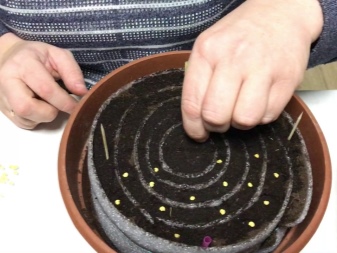
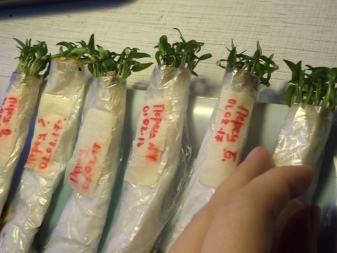
Priming
As a soil, they usually use ready-made soil compositions, which are always available on the market, but experienced gardeners make them themselves. The mixtures can be different, in this case everything again depends on the area. The basis is garden soil, to which they add:
- peat;
- organics;
- river sand;
- wood ash;
- sod land;
- deciduous or forest soil;
- spruce (not pine) litter as a baking powder.
There are many recipes, often each one has its own, as well as the proportions for mixing. Of the fertilizers, complex special formulations are used, which include potassium and phosphorus. The soil should be disinfected both before sowing and before picking. This can be done with a weak solution of potassium permanganate. Those who have ovens “roast” the soil on the stove.
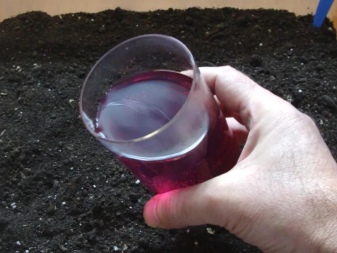
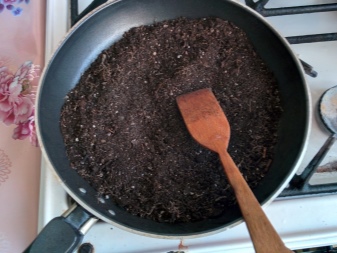
How to dive seedlings correctly?
To properly transplant peppers, there is an algorithm that has been tested empirically for many decades. The soil in the container with seedlings should be well moistened several hours before the event. This will ensure that the plants are safely removed from the soil and bulk.
- Properly prepared cups are covered with earth for about two-thirds of the total. The soil should be compacted, but without fanaticism - it is not necessary to make a cast lump out of it.
- A small hole is made in the compacted soil, most conveniently with a stick, a pencil, and a little water is poured in.
- The seedling is separated from the total mass with a fork, a teaspoon, a special spatula (as it is more convenient for anyone). In this case, one must act as carefully as possible, without damaging the roots and delicate stems - the teeth of the fork are the safest in this regard.
- The roots of the removed plant are lowered into a recess and sprinkled, compacting the soil, again, without effort. You just need to provide the root system with a tight fit with the earth, leaving no air bags.
Sprinkle the required amount of earth, slightly compact and moisten. How far the plant can be buried depends on the height of the stem.
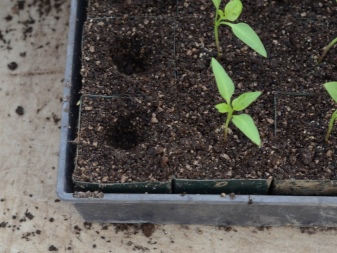
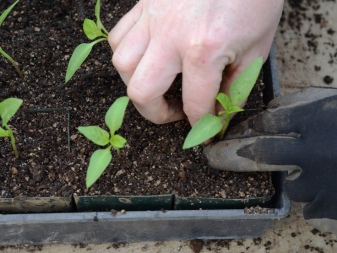
During this process, rejection occurs. Strong and sturdy plants are preferred, and weak and unviable plants are removed. When removing plants from a common container, several roots are often captured at once, so they have to be separated. This should be done by smooth stretching in different directions, then the moist elastic roots are easily uncoupled.
During transplanting, the sprout should not be allowed to "screw in" into the ground, thereby guaranteeing its death. The roots should freely enter the prepared groove. If the fossa suddenly turned out to be small, then it needs to be slightly widened. The deepening should not be too deep.
It would be nice to be prudent and leave free space from the edge of the container. It will be needed if suddenly, due to a lack of light, the plants stretch upward, in this case it will be possible to add the required amount of soil. The seedlings are placed in the same place where they grew before, but they are shaded for a couple of days, giving the opportunity to grow stronger and adapt to new conditions. Then the lighting is increased to the previous level.
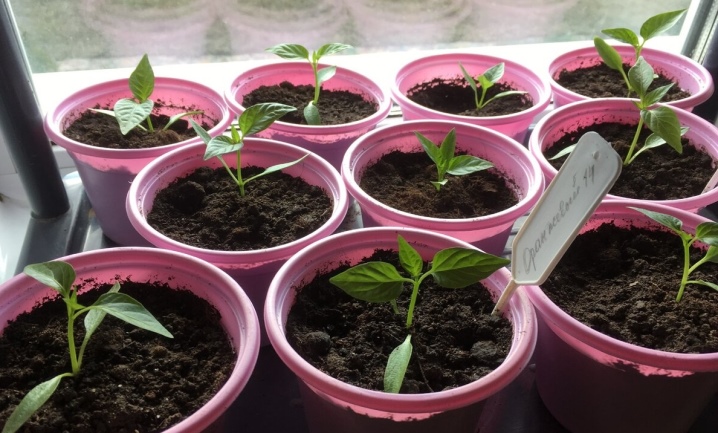
Sometimes a question arises, to which there is no unequivocal answer: is it worth pinching the root. However, given the dislike of pepper to any manipulation of the root system, it is better not to do this, since the survival rate of plants drops sharply even among experienced gardeners.
Sometimes they are transplanted immediately to a permanent place if the pepper will grow in a heated greenhouse or the cultivation takes place in a subtropical climate. The landing itself is no different from the standard picking at home, however, subsequent care for the near future will require great care and attention.
It is necessary to shade from the scorching rays of the spring sun, especially aggressive during this period. It is also imperative to create a high humidity environment, since for weak seedlings, it is not so much watering that is important as the humidity of the air. A dry atmosphere can destroy delicate seedlings, even with good moisture.
In this case, a wet layer of sawdust will help out: gradually drying out, they release moisture to the environment, maintaining the required level.
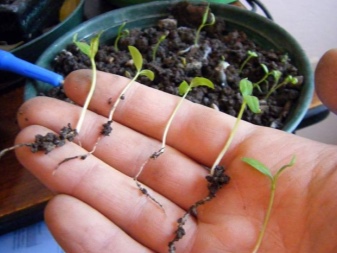
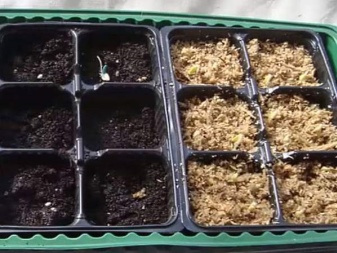
Follow-up care
Having found out that peppers react very negatively to a pick, you should not be intimidated if they feel bad for a while. Proper care will prevent plant death and increase their chances of optimal development. Close observation will help you notice signs of poor seedling health.
- Pulling plants. Clear evidence of a lack of light or nitrogen. In the first case, you need to increase the illumination level. If natural is not enough, then you should use the supplementary lighting method. For this, phytolamps and even ordinary LED lamps are used, with cold white light, as close as possible to daylight. If we are talking about a lack of nitrogen, then you should use special fertilizers.
- Withering. Most likely, the roots were damaged. Emergency help - foliar feeding with energy stimulants ("Epin", "Zircon"). HB 101 can be added to irrigation water, like Kornevin.
- Falling seedlings. There may be several reasons for this. Black leg, and then watering with a solution of copper sulfate (1 dessert spoon per 2 liters of water) saves.Too dry air, especially typical for apartments with central heating. Constant spraying helps, but the same sawdust will be the best way out. It is necessary to install the glasses in a box with sawdust, while watering, simultaneously moisten the glasses and the sawdust layer. Plants feel very comfortable under these conditions. And, of course, prophylaxis with "Epinom" for vegetative mass.
- Stopping growth. This is a consequence of damage to the root system or the remaining air between the roots and the growing medium (soil) during planting. The treatment with "Kornevin" and the compaction of the earth around the seedlings comes to the rescue.
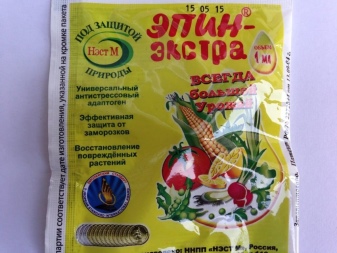
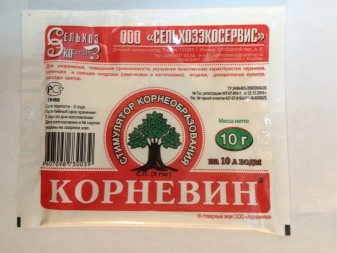
Further care consists of traditional activities.
- Watering. Regular but not plentiful. Root decay must not be allowed. The frequency depends on the specific conditions in which the seedlings develop. At high temperatures and a lot of sun, humidification is carried out more often; in a cool room, two to three times a week are enough. It is important to remember that an excess of moisture is dangerous for the root system, but beneficial for the upper part of the seedlings, so do not forget about the humidity of the environment.
- Lighting. Pepper greens should receive light for 10-14 hours a day. This is impossible for most apartments, so you need to be ready for additional lighting. The optimal distance between the lamp and seedlings is 12-14 cm for small ones, 20-25 cm for grown seedlings.
Temperature. 18–20ºC is the most favorable regime.
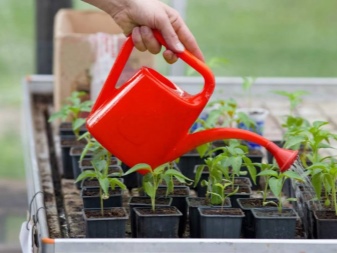
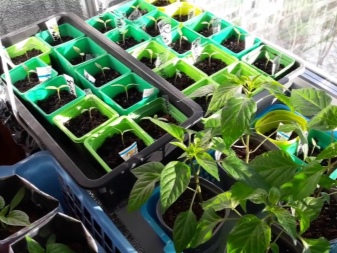
The introduction of additional food is carried out no more than 1 time in 10 days. Complex specialized fertilizers are used. Basic procedures will help the gardener grow strong seedlings and lay the foundation for the future harvest.













The comment was sent successfully.